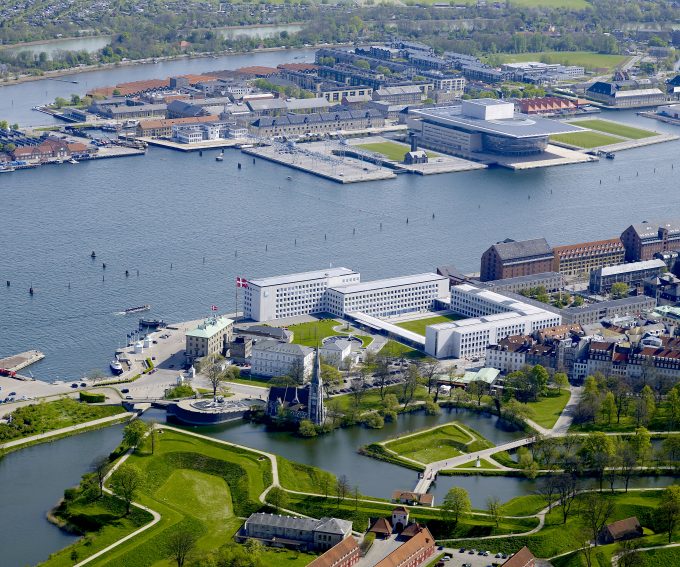Clear choice for shippers and forwarders, thanks to Rijeka terminal moves
Shippers and forwarders in central and southern Europe using the Croatian container gateway of Rijeka ...

There was little surprise in either shipping or financial markets that Maersk delivered a disastrous trading update this month – the stars simply refuse to align, while recent corporate decisions and trading updates reveal a lot about how its management perceives financial and market risks these ...

Comment on this article
Trevor Heaver
February 23, 2016 at 2:27 amScale is a lever of profitability; but which scale?
There are so many levers to profitability in business that to analyse profitability against one dimension is fraught with danger. But in the shipping business, to use aggregate company size in some way (it could be revenue or fleet size) is likely wrong.
A better variable is likely average vessel size, although the effectiveness of this measure will be affected by variations among the route structures of companies.
However, although the economies of scale available with aggregate size of a shipping company have improved over the last 50 years, I still venture to suggest that the primary source of economies in liner shipping lie in ships size.
I would like to see this tried as a lever to profitability!
A. Pasetti
February 28, 2016 at 6:57 pmAnd I think you are right, Trevor — but that might just be the last lever it tries!
Don’t you think so? I’d do the same if I were the management team, anyway, if I were the market leader, and if I could lever up to kill competitors that might have tried to make a move in a different direction, in terms of corporate strategy.
Then, I’d offload all the possible losses to my lenders if my plan doesn’t work out.